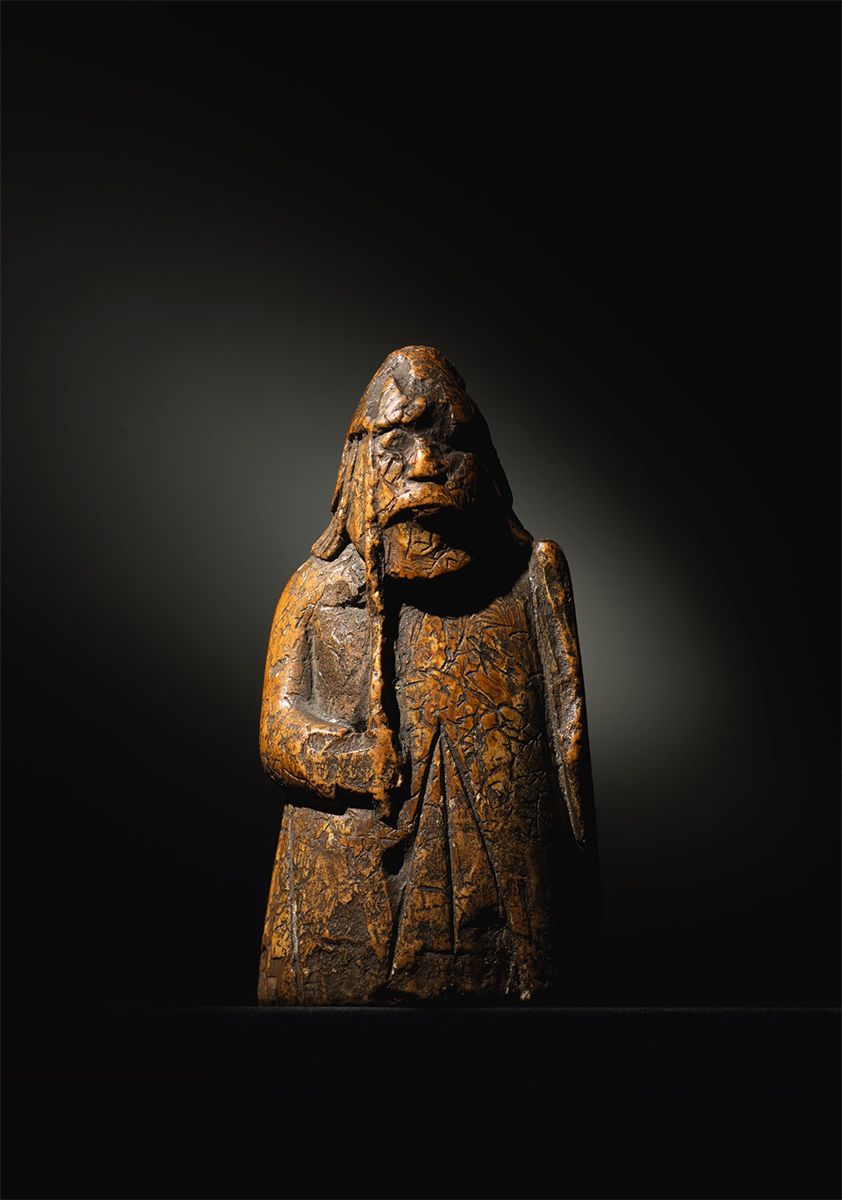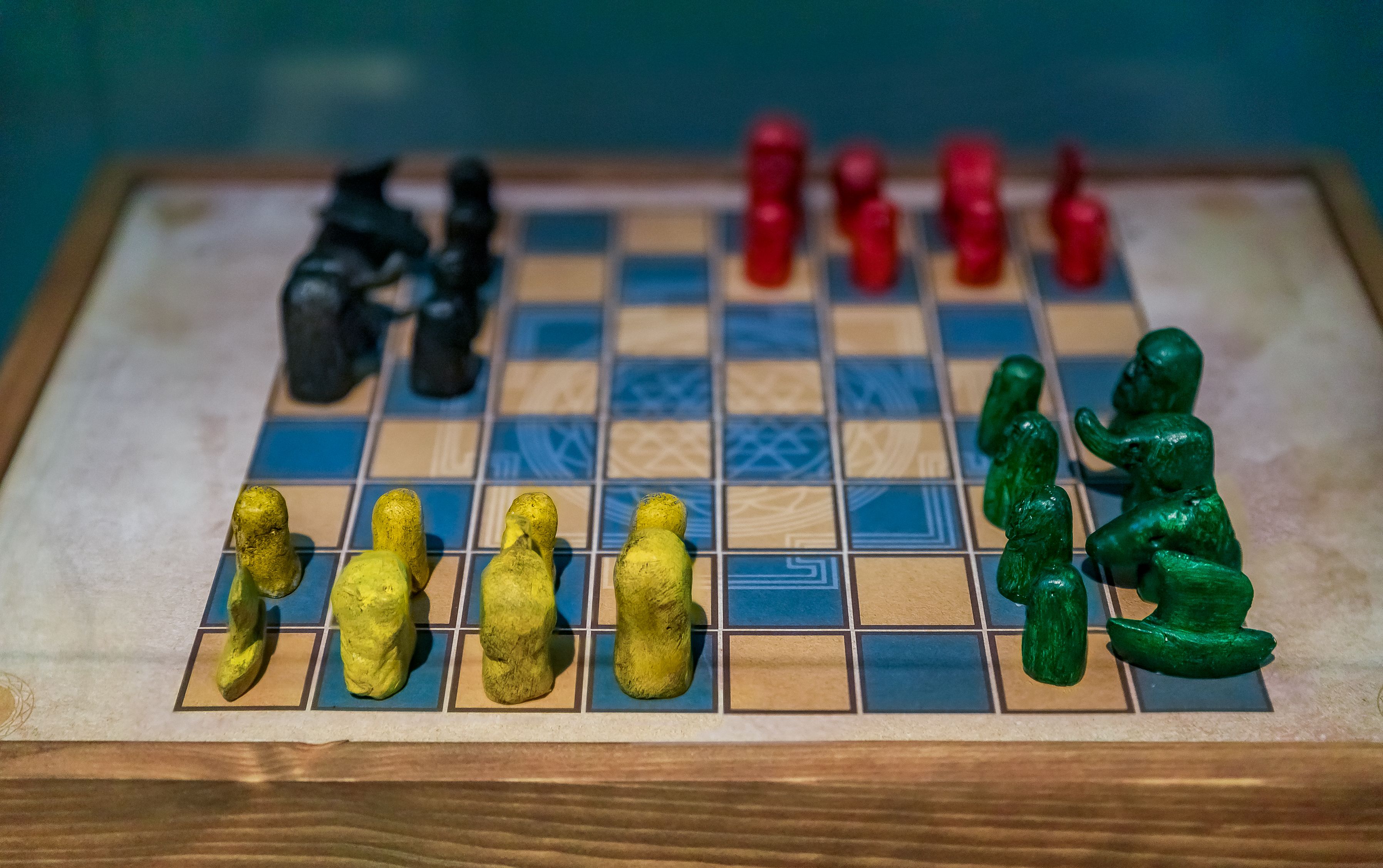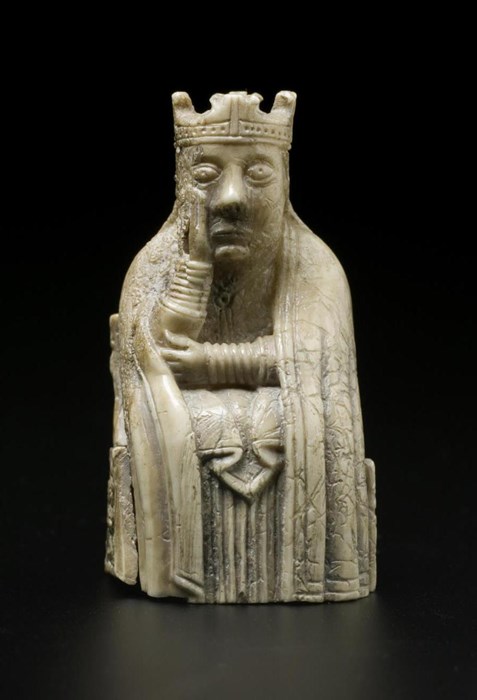The Origins of Chess
January 20, 2023
Chess as the world knows it is typically seen as a complicated strategy game with pieces that have all have different roles on the board. The game also has a common misconception around it that its meant only for intelligent players who spend a bunch of time studying and planning different strategies in order to over come their opponent. In reality anyone can play chess, it just takes some basic understanding of piece movement and that’s about it. Chess wasn’t always this way though, the history of chess has had many controversies and the true beginnings are unclear.



Sources date back before the 6th century where possible chess pieces have been dated back to Russia, China, India and Central Asia. These pieces aren’t confirmed to be “Chess Pieces” but the games pieces were similar to chess though, and boards had up to 100 or more squares and possibly even involved dice but the details are vague. Concrete data for chess starts around 600 A.D. from the two-player Indian war game, Chatarung. Some historians believed that this game was for sure played with dice and the board was 64 squares, but the history of how the pieces worked and how it played are still unknown. Games like Chatarung existed in other places to help historians kind of piece things together though. In southern parts of Central Asia it was said there was a game called Shatranj, which was similar to Chatarung, but it introduced a new piece called the Firzān (Counselor). The pieces role on the board is unknown, but the motives behind the game were to eliminate all of your opponent’s pieces on the board, or ensuring the capture of the king. Which is dated to be the first real idea of how modern chess was originated in development. According to historians the pieces were also said to be set up like a typical chess board, inspiring the modern board we have today.

Moving into modern chess development we have the beginning of the game spreading away from Europe and more to the eastern, northern, and western parts of the world. With this games started to take different characteristics. It has been found that in the Eastern part of the world the game had developed with the same idea of Chatarung, but the piece next to the king originally known as the Firzān (Counselor) was switched to a queen to adapt to a more romantic imagery. The game itself was also different, it was said to have inscribed disks that were often placed on the intersection of the lines on the board rather than within the squares. About 750 CE chess reached all of Asia and formulated what we know as how chess is today. The game was known as Xiangqi. The board had 9 files and 10 ranks as well as a boundary that was referred to as “the river”. The river was located between the 5th and 6th ranks of the board and it limited access to the opponents territory which made the game slower than what we have today.

Then around the 15th century and the Medieval area, Europeans didn’t like how slow the game had originally been in 750 CE so players started setting up their pieces to middle game positions for quicker matches. Around this time as well the game went a though a strange period where rules were changed into what we know now. The queen when it was originally added was the weakest piece on the board for reasons unknown. The Medieval era changed this and made it the strongest on the board, completely changing its previous move set, which is also unknown.
Shortly after the Medieval era of chess there wasn’t many changes left for the game. The game took off during the 1800s and around this time is when they starting using a clock for games, because games were taking to long to complete. There had been recorded history of games sometimes last up to 14 hours. Tactics and openings for the game began being developed and modern chess as we know today really starting taking its final shape of evolution. Which is where we conclude the origins of chess. Chesses development after the 1800s was mainly a slew of really good players arising and modern day tactics and openings flooding in for players to use to get an advantage. Understanding the game of chess was the final development in chesses evolution and still is players main goals today.

